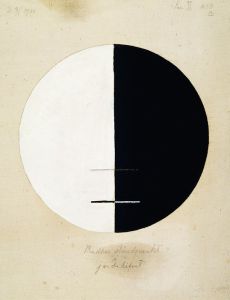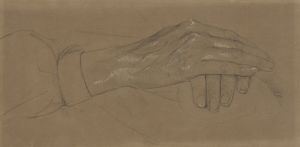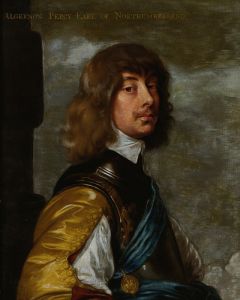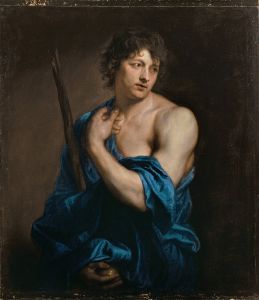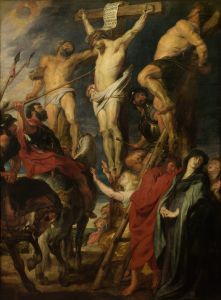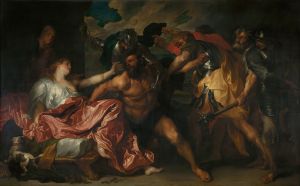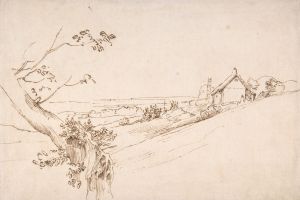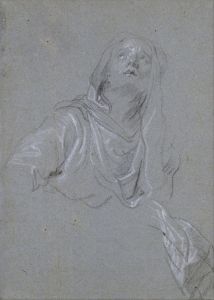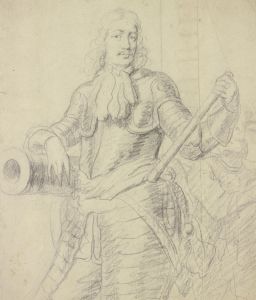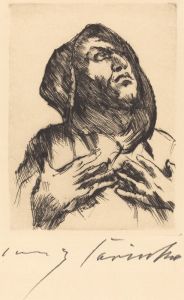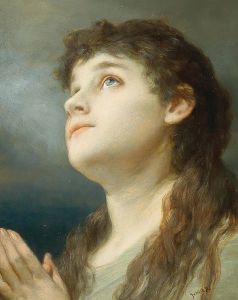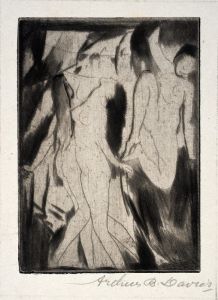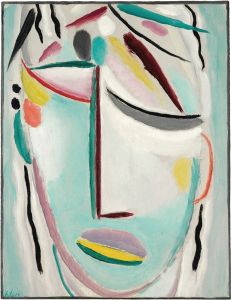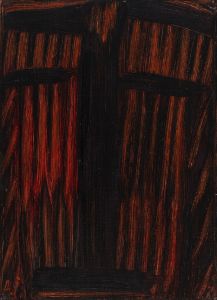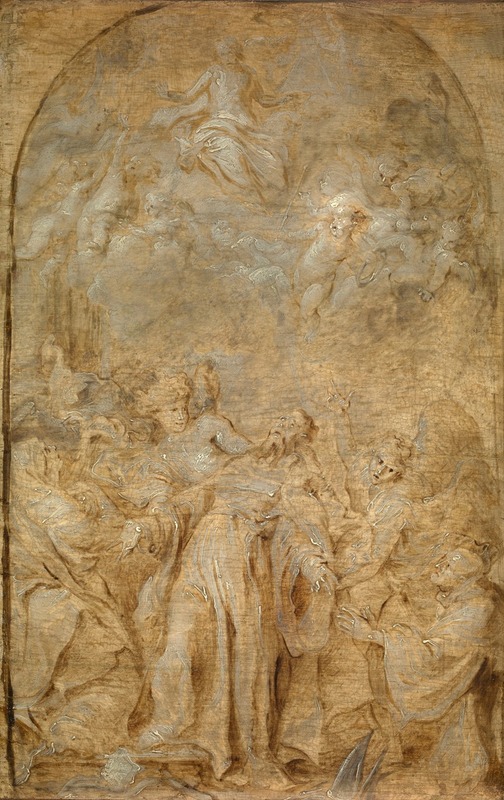
Saint Augustine in Ecstasy
A hand-painted replica of Anthony van Dyck’s masterpiece Saint Augustine in Ecstasy, meticulously crafted by professional artists to capture the true essence of the original. Each piece is created with museum-quality canvas and rare mineral pigments, carefully painted by experienced artists with delicate brushstrokes and rich, layered colors to perfectly recreate the texture of the original artwork. Unlike machine-printed reproductions, this hand-painted version brings the painting to life, infused with the artist’s emotions and skill in every stroke. Whether for personal collection or home decoration, it instantly elevates the artistic atmosphere of any space.
"Saint Augustine in Ecstasy" is a notable painting by the Flemish Baroque artist Anthony van Dyck, created around 1628. Van Dyck, a prominent figure in the 17th-century art scene, was known for his portraits and religious works, and he was a leading artist of the Flemish Baroque style, which was characterized by dramatic expressions and vibrant details.
The painting depicts Saint Augustine, one of the most influential theologians and philosophers of early Christianity, in a moment of spiritual ecstasy. Saint Augustine is renowned for his writings, including "Confessions" and "The City of God," which have had a lasting impact on Christian theology and Western philosophy. In this artwork, Van Dyck captures a moment of divine inspiration and connection with God, a theme that resonates deeply with Augustine's own spiritual journey and theological contributions.
Van Dyck's portrayal of Saint Augustine is marked by a sense of drama and emotion, typical of the Baroque period. The saint is often shown in a moment of divine revelation or deep contemplation, reflecting his intense spiritual experiences and intellectual pursuits. The use of light and shadow in the painting enhances the emotional intensity, drawing the viewer's attention to Augustine's expressive face and gestures.
The composition of "Saint Augustine in Ecstasy" is carefully crafted to convey a sense of movement and energy. Van Dyck employs a dynamic arrangement of forms and a rich color palette to create a vivid and engaging scene. The painting's background and surrounding elements are often subdued, focusing the viewer's attention on the central figure of Saint Augustine.
Van Dyck's ability to convey complex emotions and spiritual depth in his religious paintings is evident in this work. His skillful use of color, light, and composition not only highlights the saint's ecstatic state but also invites the viewer to engage with the spiritual and intellectual themes embodied by Augustine.
"Saint Augustine in Ecstasy" is part of Van Dyck's broader body of work that includes numerous religious paintings and portraits. His work was highly influential during his lifetime and continues to be celebrated for its technical mastery and emotional resonance. Van Dyck's paintings are housed in various museums and collections around the world, where they are studied and admired for their contribution to the Baroque art movement.
While specific details about the provenance and current location of "Saint Augustine in Ecstasy" may not be widely documented, Van Dyck's religious paintings remain significant for their artistic and historical value. They offer insight into the religious and cultural context of the 17th century and reflect the enduring influence of figures like Saint Augustine on art and theology.
In summary, "Saint Augustine in Ecstasy" exemplifies Anthony van Dyck's mastery of Baroque painting, capturing the spiritual fervor and intellectual depth of one of Christianity's most revered saints. Through his use of dramatic expression and vibrant detail, Van Dyck invites viewers to explore the profound themes of faith and divine inspiration that are central to Augustine's legacy.





